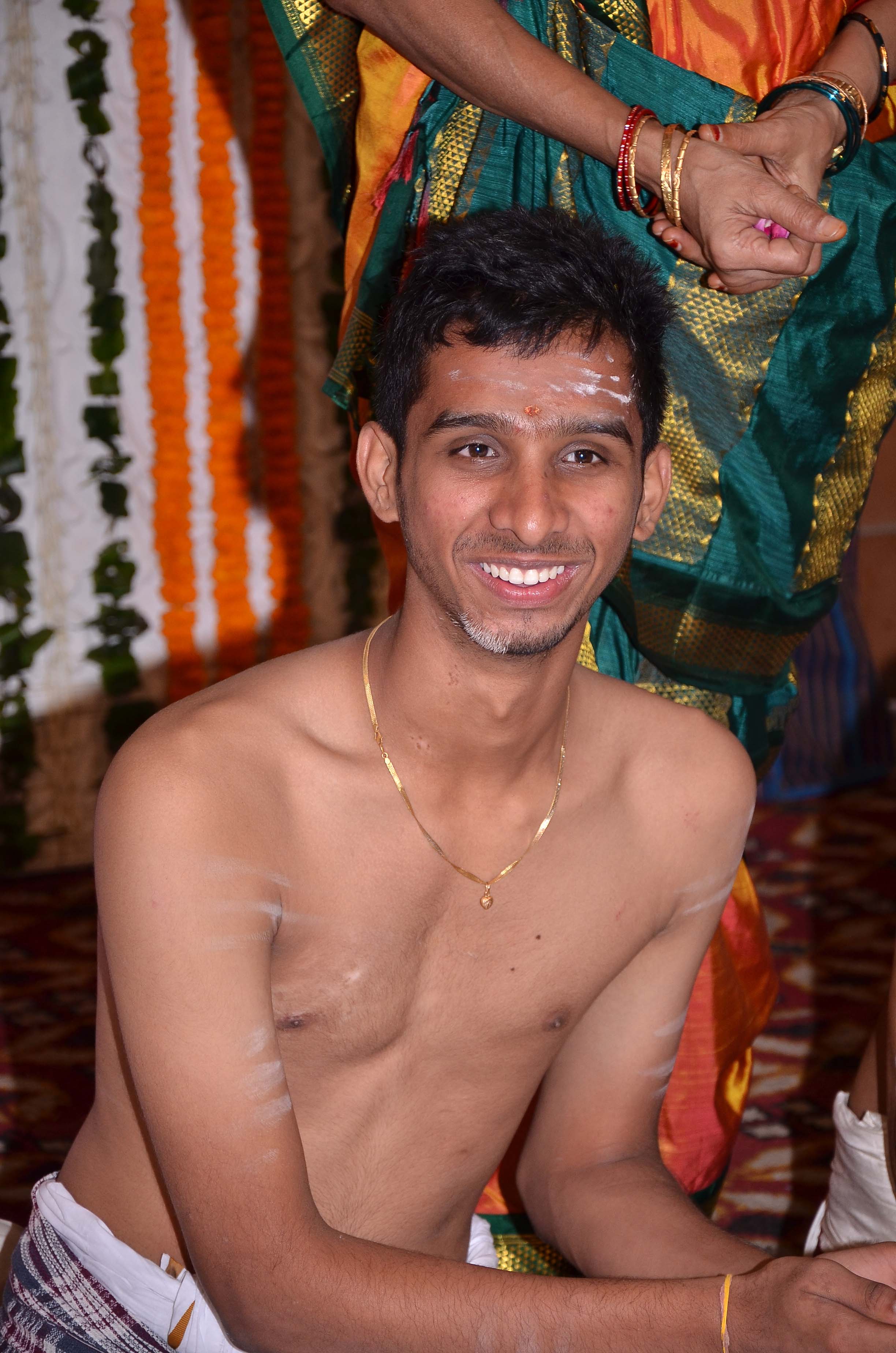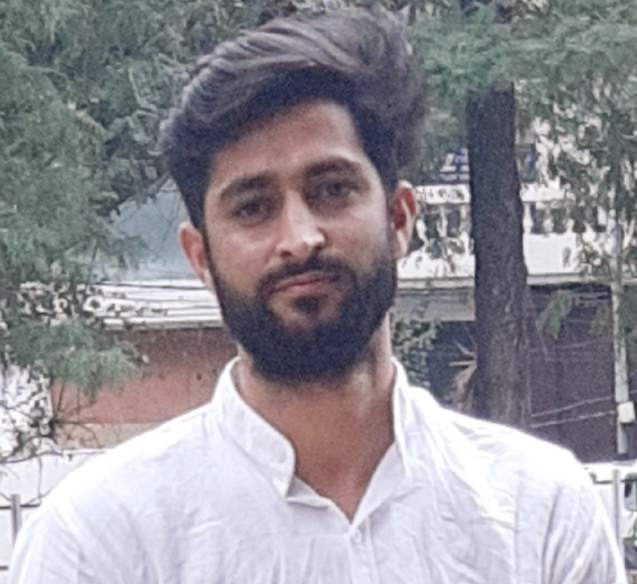Unnat Bharat Abhiyan 2.0
- The second stage of the Unnat Bharat Abhiyan was launched recently.
- It is a flagship program of the Ministry of Human Resources Development, with the intention to enrich Rural India.
- It aims to create a vibrant relationship between the society and the higher educational institutes.
- It is aimed at making higher education institutions provide solutions to problems of villages.
- Providing the knowledge and technology support to improve the livelihoods in rural areas and upgrading the capabilities of both the public and private organizations in the society are the means.
- Both technical and non-technical institutions have been invited to build systems in villages as per their strengths.
- IIT Delhi has been designated to function as the National Coordinating Institute for this program.
- Each selected institute would adopt a cluster of villages / panchayats and gradually expand the outreach over a period of time.
- The key points include
- helping villages achieve 100% school results
- creating 25 jobs each in four sectors in each village where work would take place
- increasing rural incomes
- providing drinking water and sanitation to villages
- disposing village garbage, etc
United Nations Convention to Combat Desertification
- Desertification was addressed for the first time in 1977 in the United Nations Conference on Desertification.
- This was followed by the adoption of the United Nations Convention to Combat Desertification in Paris on 1994.
- The Convention entered into force in 1996.
- It is one of the three Rio Conventions, along with United Nations Framework Convention on Climate Change (UNFCCC) and Convention on Biological Diversity (CBD).
- It is the sole legally binding international agreement linking environment and development to sustainable land management.
- The Convention addresses specifically the arid, semi-arid and dry sub-humid areas, known as the drylands.
- This is where some of the most vulnerable ecosystems and people can be found.
- India became a signatory to the Convention on 1994 and ratified it on 1996.
- The Ministry of Environment, Forest and Climate Change (MoEFCC) is the nodal Ministry to co-ordinate all issues pertaining to the Convention.
- The Convention holds a biennial Conference of Parties (CoP) to the Convention and the last CoP was held in China in 2016.
HARIMAU SHAKTI 2018
- Harimau Shakti is a joint training exercise conducted by India and Malaysia in dense forests Hulu Langat in Malaysia.
- The exercise is aimed at bolstering cooperation and coordination between armed forces of both the nations.
- It will share the expertise of both the contingents in conduct of counter insurgency operations in jungle terrain.
- Indian contingent is being represented by one of the oldest infantry battalions, Grenadiers.
- This is the first instance wherein a joint training exercise of this magnitude involving Indian and Malaysian soldiers is being organized on Malaysian soil.
Bhabha Kavach
- Bhabha Kavach is an armour panel, which gives personal protection against bullets, of different threat levels.
- It is developed by Bhabha Atomic Research Centre (BARC).
- The jacket was developed at BARC’s Trombay centre in response to a request from the Central Reserve Police Force (CRPF) and the Ministry of Home Affairs.
- It was named after nuclear physicist Dr. Homi J. Bhabha.
- It is not only cheaper but also much lighter.
- It is made of boron carbide and carbon nanotube polymer composite.
- BARC has been using boron carbide in the control rods of its nuclear reactors.
- It weighs just 6.6 kg in comparison to the 17-kg jackets in use, and use of boron carbide for jacket is the first in India.
- The imported jacket costs Rs 1.5 Lakhs whereas Bhabha Kavach will cost Rs 60,000-70,000.
- BARC has transferred the technology of Bhabha Kavach to Mishra Dhatu Nigam, Hyderabad, for its large-scale production.
Predicament of Returning Mothers
- The report titled “Predicament of Returning Mothers” highlights the challenges faced by women who are at high risk of dropping out due to pregnancy and child care.
- The following are the key factors that help women return to work post-maternity leave:
- a strong sense of identity
- a precedence of women working in family
- presence of role models that they could relate to
- support from mothers-in-law, husbands and social circle
- financial instability at home that drives them to work and earn
- From the employer’s perspective, managers validated that childcare and maternity are the key exit gates for women.
- Also, demotion of returning mothers often leads to dissatisfaction at work and eventually leading to resignations.
Atal New India Challenge
- The Atal Innovation Mission (AIM) under the NITI Aayog will be launching the Atal New India Challenge.
- AIM will invite prospective innovators/MSMEs/start-ups to design market-ready products, using cutting edge technologies or prototypes across identified focus areas.
- Climate Smart Agriculture, Smart Mobility, Predictive Maintenance of Rolling Stock, Waste Management etc. are some of the 17 identified focus areas.
- The winning ideas will be granted up to Rs 1 crore and mentorship through the challenge.
Source: PIB, The Hindu, Business Standard

